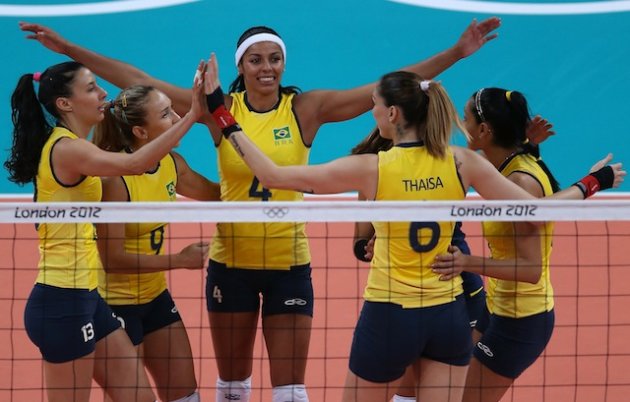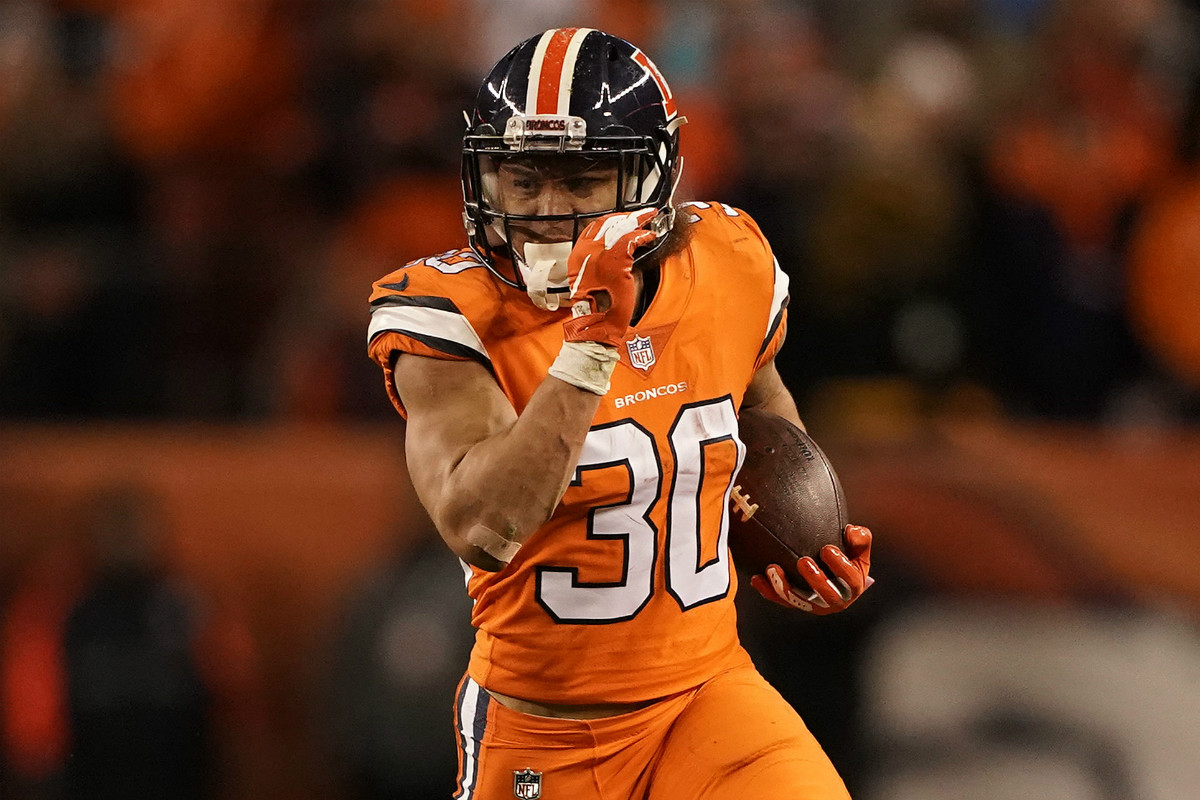College Volleyball Odds

Research college volleyball teams’ rosters. Check out which teams have a large number of seniors leaving, as well as teams that don’t have a very deep bench in your athlete’s position. Then, contact coaches at those colleges, sending them your athlete’s recruiting profile and key recruiting information. Latest AP and USA Today college sports polls on ESPN.com. However, depending on the sport you play, your odds of making a college team are significantly better — or worse. Here are the easiest and hardest sports to earn a scholarship for.
National Scouting Report is dedicated to finding scholarship opportunities for athletes who possess the talent, desire, and motivation to compete at the collegiate level. We’ve helped connect thousands of athletes with their perfect college.
If you are ready to take your recruiting to the next level, click the Get Scouted button below to be evaluated by an NSR College Scout.
Playing sports in college is a great experience. Take it from someone who has been there. But the odds of earning an athletic scholarship are not very high.
NCAA Facts
According to the NCAA, there are 346 Division I colleges or universities. There are 6,552 teams at the Division I level with roughly 178,178 Division I student-athletes. Coincidentally, the NCAA has also calculated that only 4% of students at a NCAA Division I institution are athletes.
/cdn.vox-cdn.com/uploads/chorus_image/image/65406617/1052776056.jpg.0.jpg)
- Get the latest betting odds & lines at BetOnline Sportsbook for betting on your favorite sport and snag a huge sign-up bonus.
- Odds on the NCAA Women's College Basketball Games according to Bovada Sportsbooks. Updated on March 6, 2021. Omaha W @ South Dakota State (W) Point Spread Omaha W 16.5 (-125) South Dakota State (W) -16.5 (-125) Omaha W @ South Dakota State (W).
There are 307 Division II universities. These universities have about 114,541 student-athletes. Also, only about 9% of students at those schools are athletes.
Interesting enough, Division III schools have the most opportunities for student-athletes. There are 439 Division III schools with about 187,483 student-athletes. In addition to all of this, about 16% of Division III universities student bodies are athletes.
Odds of Earning an Athletic Scholarship
Altogether there are more than 480,000 NCAA student-athletes between all three divisions. That’s a small amount compared to the estimated 7,800,000 high school student-athletes out there. The sad part is, that number doesn’t include sports like swimming, tennis, and softball.
Of the 480,000 student-athletes, only 150,000 student-athletes are on scholarship. Just so you don’t have to calculate that divides out to about 31.25%, which is pretty small.
So, the odds of earning an athletic scholarship aren’t very high, but there are plenty of other ways to finance college. Just because receiving an athletic scholarship may be difficult doesn’t mean you can’t be a student-athlete.

Division III universities have the most financial-aid opportunities to offer students. These colleges offer financial aid and scholarships to many if not all of their students. Due to the cost of attendance and the universities scholarship opportunities available.
Division I Athletic Scholarship Money
The odds of earning an athletic scholarship are not impossible, depending on what you consider a scholarship.
There are four sports – football, men’s and women’s basketball, and women’s volleyball* – that can only offer a full scholarship at the Division I level. All other NCAA Division I sports have the opportunity to divide scholarships up by whatever amount the coaching staff desires.
For example, Division I football teams have 85 full ride scholarships. However, Division I football rosters have more than 85 players on the team, but only 85 are on scholarship. A fully funded Division I softball team has 12 scholarships for the coaching staff to divide however they see fit. Splitting those awards means that some athletes may have a full ride while some award amounts are 5 or 10%. It also means that everyone on the team could have some athletic scholarship money.
There are a few exceptions to this rule. The NCAA does not allow Division I baseball scholarships to go below 25%.
Division II Athletic Scholarship Money
Division II athletic scholarships are on a partial scholarship model or as the NCAA calls it the “equivalency” model. Meaning that all awards are divided among players on each team. The distribution and allocation of scholarship funds are up to the coaching staff, which is similar to how most Division I sports can divide their scholarships.
A significant difference between the divisions is that at the Division II level football, men’s and women’s basketball, and women’s volleyball scholarships are dividable.


However, at the beginning of this article, it was noted Division I schools have more student-athletes than Division II. This size difference is due to the difference in roster size and scholarship amounts allotted by the NCAA.
The two charts below show the exact amounts of dividable scholarships between Division I and Division II sports.
Clearly, there are more Division II scholarships than Division I. Meaning there’s a higher chance of an athlete receiving an athletic scholarship at the Division II level because of how they can divide up their scholarships.
All of this goes to show that the odds of earning an athletic scholarship are not high. That is why recruiting is so important, both for college coaches and for high school athletes. Since we crunched the numbers for you, it’s easy to see the limitations coaches have with their budgets and how pivotal recruiting help is for both coaches and athletes.
Don’t wait till it’s too late. Start your recruiting process by contacting a National Scouting Report scout near you.
May the odds be ever in your favor.
Note: Division I volleyball programs, that are not fully funded, don’t have to abide by the head-count rule.
National Scouting Report is dedicated to finding scholarship opportunities for athletes who possess the talent, desire, and motivation to compete at the collegiate level. We’ve helped connect thousands of athletes with their perfect college.
College Basketball Odds To Win Championship
If you are ready to take your recruiting to the next level, click the Get Scouted button below to be evaluated by an NSR College Scout.
Women: 5'8' height and 9'8' approach jump, Men: 6'2' height and 10'8' approach jump
You're talented—hey, you got into the NCAA—but your major is philosophy and you're going through an existential crisis. You're changing. Your interests are shifting. It's okay, though. It's not like you were the star player anyway; going pro was never really a possibility for you. You'll leave that to your teammates who have weirdly active pituitary glands.
Women: 5'10' height and 10' approach jump, Men: 6'3' height and 10'9' approach jump
Although you had a few moments that made it onto the highlight reel, you don't think you're cut out to make it professionally. You might try to get on a small tour after college, but you've taken comfort in the fact that you have a degree to fall back on. A nice, cushy degree.
Women: 5'11' height and 10'2' approach jump, Men: 6'4' height and 10'10' approach jump
You're a solid performer for your college team and you make contributions outside of the spotlight. If you train insanely hard, you might be able to pursue volleyball professionally. However, you know in your heart that it's a longshot. You still love the sport, though, so the thought of becoming a coach lingers in the back of your mind.
Women: 6'0' height and 10'4' approach jump, Men: 6'5' height and 10'11' approach jump
While you're a well-respected player on the team, you never quite reached star status. That being said, you're an extremely skilled player, capable of going toe to toe with most of your fellow athletes. Despite this, even you must admit that it'll be hard to maintain that success on a professional level.
Women: 6'0'–6'4' height and 10'4'+ approach jump, Men: 6'6' height and 10'12'+ approach jump
Intercollegiate Volleyball
You're a standout on your team, respected for your technical knowledge and admired for your physical dominance. Over the years, you've built a strong support structure of coaches and fellow athletes that you hope will lead you to professional success, and maybe even an Olympic appearance. But you know volleyball well enough to know that it's a small, competitive sport. Success is never a given, but you have a better shot than most.
Ever hear the phrase, 'one in a million'? Well, you'll need to be exactly that if you want to go pro. Think about the best high school athlete in your district of 10 high schools. The absolute Big Man in the area. He gets headhunted so hard by colleges that he can barely spare time for his school work, let alone friends. Then, he gets into college and is a total all star there...of the 12 best all stars on his team that year. Well, guess, what? Only one of those guys will be a pro in five years...if this is a top class of athletes out of the the past several years.
So, even if you're in the 95th percentile of all NCAA athletes in your sport, you've still got a snowball's chance in a microwave of going pro. Not to mention actually mattering at all. More than likely, you'll still be struggling to eke out a living on the bench for a year or stuck on a farm team until you're forced to look for other work. We could bludgeon you with more data and stats, but as you dream about success, just make sure you're hedging your bets.
Womens College Volleyball Odds
In other words: enjoy that 'alternative' career, Shmooper. (#realtalk)